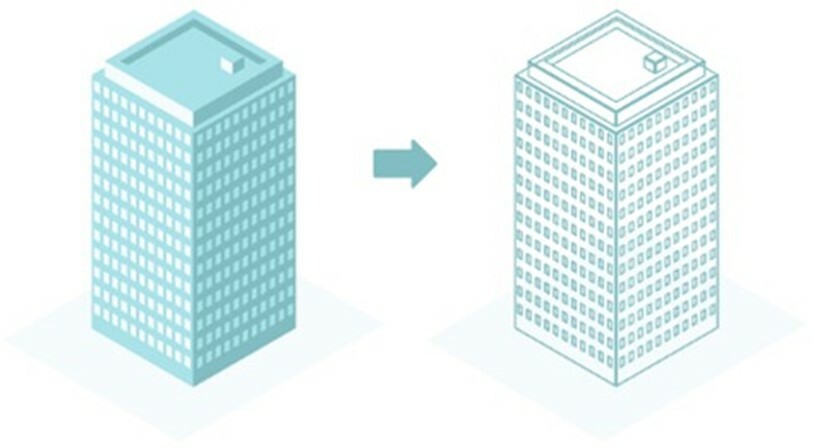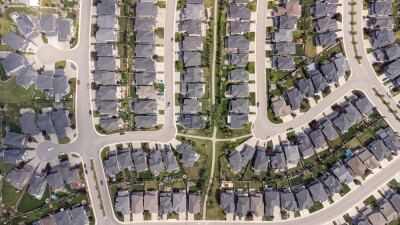Building Information Modelling (BIM)
BIM is a digital process that involves the creation and management of a 3D model of a building. Unlike a simple drawing, this model is aware of all the building’s properties. Building a spatial digital twin requires several key steps:
· Data Collection: physical environment such as dimensions, topography, and location.
· Data Integration: standardized for processing and analysis.
· Model Creation: accurately represents physical environment in virtual format.
BIM allows architects, engineers, contractors, and other stakeholders to collaborate and share information in a centralized, coordinated way. This can help to improve communication, reduce errors and conflicts, and increase efficiency throughout the construction process.
BIM is a powerful tool that can help to improve the quality, efficiency, and sustainability of construction projects. It is increasingly being used in the architecture, engineering, and construction industries, and is likely to become even more widespread in the years to come.
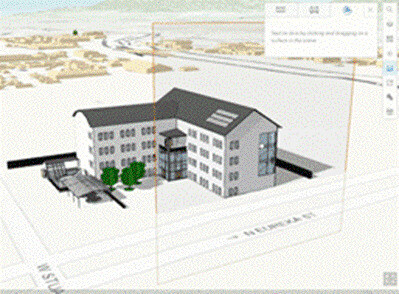
Spatial digital twins adds values: Advantages of BIM in Construction
Spatial digital twins are a type of digital twin that represents a physical space or environment, such as a building or city. When combined with Building Information Modelling (BIM) can provide a range of benefits in the construction industry, such as:
· Design smarter: Model potential designs, spot problems faster.
· Construction: Clear task identification and real-time updates on changes
· Effortless operation: Comprehensive display of building features and systems
Because of these benefits it reduces costs and time by detecting problems faster and improving sustainability by reducing errors. Thus, more efficiency by increasing security and quality in view of the ease of communication for direct access to specific information.
Geospatial information: Combining structured data sets with the real world
Geospatial information is a key combining structured data sets with the real world moving towards the parallel digital world in front of the Digital Twins.
Combining geospatial information with structured datasets can help provide a more complete and accurate view of the real world, leading to more informed decision-making and better outcomes across a wide range of industries. Geospatial information plays a key role in the development of the metaverse, which is a virtual universe interconnected with the physical world.
Geospatial information is critical in creating a metaverse grounded in the physical world and providing a seamless connection between the virtual and real worlds. Accurately real-world locations and terrain allow users to interact with these environments in a natural and intuitive way.
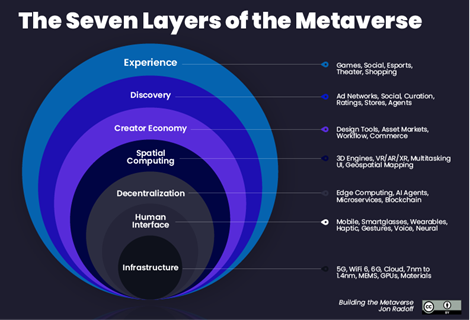
Spatial Digital Twins for Smart City development and management
Smart cities: developing a real-time copy of the world for scenario analysis and modelling. Spatial Digital Twins infrastructure manages integrated building systems make faster, informed decisions by viewing integrated system information in physical space context
· Analysing resources
· Costs
· Identify key trends
· Develop more proactive strategies
· Achieve efficiency
· Offer quality of life and services to its citizens
· Better insights -> Better decisions-> Better outcomes
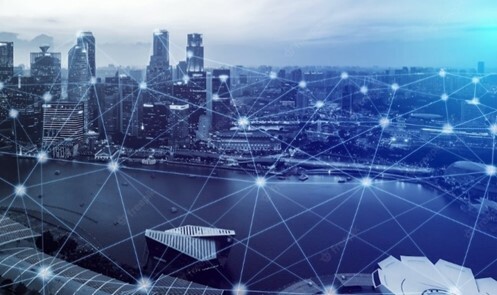
Smart Cities: Interconnected Digital Transformation
Securely share and enhance real-time data to promote consistency across jurisdictions and better interoperability for improved citizen services. Digital transformation plays a crucial role in the development of smart cities. It involves the integration of technology into various urban systems to improve efficiency, for example, sensors can be placed throughout the city to collect data on traffic patterns and adjust traffic lights in real-time to optimize traffic flow.
Interconnectivity is key aspect of smart cities. The various urban systems must be integrated and interconnected to provide a seamless and efficient experience for residents.
Smart cities represent a significant opportunity for urban development and innovation. They offer the potential to create more liveable and sustainable urban environments, while also providing a range of economic and social benefits to residents and businesses. However, to realize the full potential of smart cities, it is crucial to focus on interconnectivity and digital transformation to create a seamless and integrated urban experience.
The value of Data in a Digital World
Data has immense value in a digital world, as it can be used to drive insights and create value for businesses and organizations. Data has the potential to provide significant value in a digital world, by driving insights, enhancing customer experience, increasing efficiency and productivity, fostering innovation and new product development.
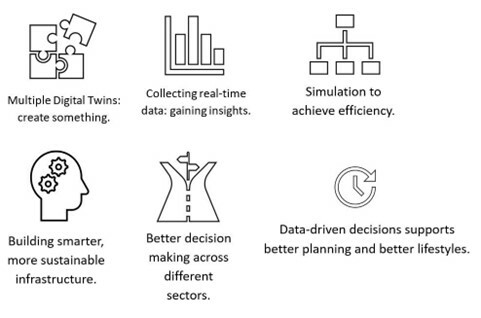
The infrastructure sector is embracing digitization to pave the way for effective change in design and construction techniques. Digital twins are playing an important role in fostering data-driven decisions in the construction and civil infrastructure industry to tackle big challenges throughout the urban and civil infrastructure lifecycle.




